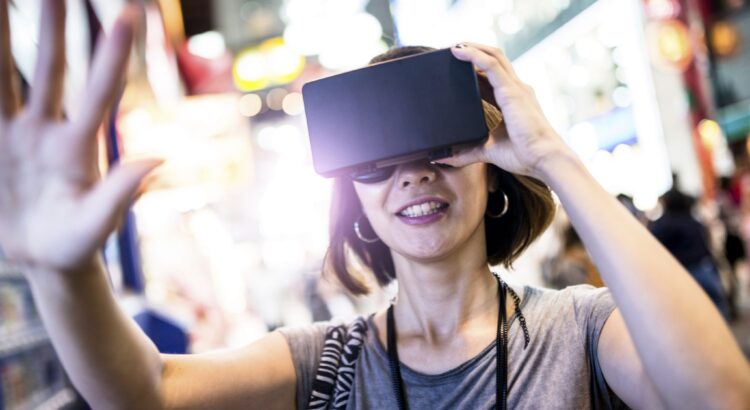In an era where digital innovation is revolutionizing industries, tourism stands at the forefront, undergoing transformative changes. Technology’s integration into tourism has not only reshaped how we travel but also redefined the traveler’s experience. In this blog, we’ll explore how technology is reshaping the landscape of tourism and the way we explore the world.
Seamless Planning and Booking
The journey begins long before a traveler sets foot out the door. From the planning stages, technology plays a pivotal role. Online booking platforms, travel apps, and websites have replaced traditional travel agents. They offer convenience, reviews, virtual tours, and price comparisons at the click of a button.
Personalized Experiences Through Big Data
Big data is changing the game by allowing companies to offer personalized travel experiences. By analyzing past travel patterns, preferences, and behaviors, businesses can tailor recommendations, from accommodations to activities, catering to individual tastes.
Virtual Reality (VR) and Augmented Reality (AR)
VR and AR technologies are taking customer engagement to new heights. Prospective travelers can now have immersive experiences of destinations or accommodations before they book. This technology is not only a tool for enticement but also a way to enhance on-site experiences with AR-guided tours and interactive information.
Artificial Intelligence (AI) and Chatbots
AI has streamlined customer service with the use of chatbots, providing instant, 24/7 assistance to travelers. These AI-driven systems can handle bookings, answer queries, and provide personalized suggestions, improving the overall customer experience.
Impact on Local Tourism and Cultural Preservation
Technology also plays a critical role in local tourism and cultural preservation. By digitizing historical content and artifacts, tech tools help in safeguarding cultural heritage, while also making it more accessible to a global audience.
Looking Ahead: The Future of VR in Tourism and Museums
Looking towards the future, we can anticipate further advancements in technology, especially in the realm of virtual reality (VR). Imagine a scenario where, from the comfort of your home, you could don a VR headset and virtually explore tourist destinations, museums, and even restaurants. Example Penang Museum like the SO Museum, This technology could allow you to walk through the halls of the SO Museum, closely examining the intricate details of shipwrecked ceramics, all while experiencing the ambiance of the museum space. Such advancements would not only revolutionize the way we experience travel and culture but also make it more accessible to people around the world.
The potential for VR in tourism is vast. It could be used for previewing destinations before booking a trip, for educational purposes in schools, or for providing access to those unable to travel. In museums like the SO Museum, VR could bring exhibits to life, allowing for interactive storytelling that transcends time and space. Imagine witnessing the construction of a shipwrecked vessel or watching a historical reenactment of a bustling ancient Penang port.
As we look forward to such technological advancements, eagerly anticipating how they will further enrich our understanding and appreciation of history and culture. The future holds the promise of a world where technology bridges the gap between the past and the present, making learning and exploration more dynamic and accessible than ever before.
